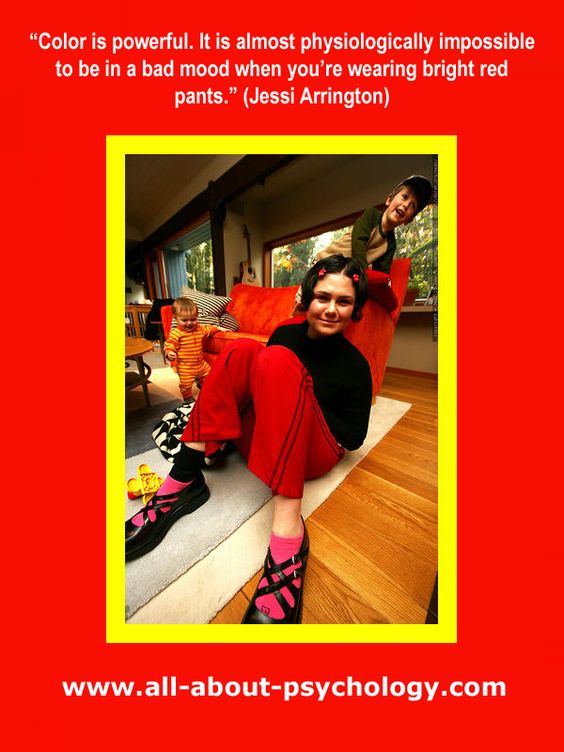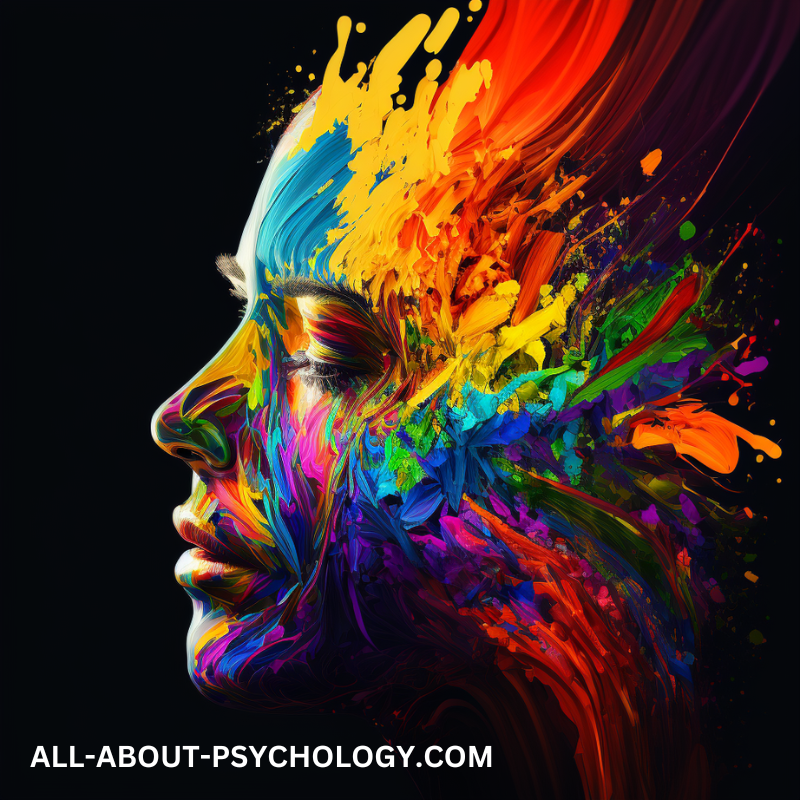Psychology Classics On Amazon

The Hidden Meanings Behind Colors
A Guide to Color Psychology
As humans, we are constantly bombarded by colors in our daily existence. From the threads we don to the nourishment we consume, hues play a considerable part in molding our emotions, actions, and perception of the world. But what is it about colors that makes them so impactful? This article will delve into the mysteries of color psychology and examine the influence of hues on human emotions and behaviors.
The Power of Colors on Emotions
Colors possess the ability to stir emotions and feelings, sometimes even without our conscious awareness. For example, the hue red is often linked to energy, enthusiasm, and excitement, while blue is associated with serenity, calmness, and stability.
The effect of colors on emotions isn't confined to cultural and societal associations alone. There is scientific evidence that demonstrates how colors can activate specific parts of the brain and trigger physiological reactions, leading to emotions and feelings.
For instance, studies show that red increases heart rate and respiration, while blue has a soothing impact, reducing heart rate and respiration.
Colors in Marketing
Marketers and advertisers are acutely aware of the influence of colors in evoking emotions and shaping perceptions. They use hues to sway consumer behavior, stir particular emotions, and establish brand identity.
For instance, fast food chains like McDonald's and KFC use the colors red and yellow in their logos and packaging to arouse excitement and energy, while luxury brands like Tiffany & Co. utilize blue to convey sophistication, elegance, and trust.
It is imperative for businesses to comprehend the impact of colors on emotions and behaviors when forming their brand identity and marketing tactics.
The Psychology Behind Color Choices
Our choices of hues are not merely driven by cultural and societal associations but also by our individual experiences and personal inclinations. Our views on colors are shaped by our childhood memories, cultural heritage, and personal taste.
For example, an individual who grew up in an environment surrounded by green decorations may associate green with calmness and stability, while someone who had a traumatic experience with the color red may link it with fear and anxiety.

In conclusion, the field of color psychology is a captivating discipline that delves into the influence of hues on human emotions and behaviors. From shaping perceptions and stirring emotions to swaying consumer behavior and creating brand identity, colors play a significant role in our daily lives. Understanding the power of color psychology can assist businesses and individuals in utilizing hues to their advantage, evoking positive emotional and behavioral responses.
Know someone who would be interested in reading The Hidden Meanings Behind Colors A Guide to Color Psychology?
Share This Page With Them.
Go From The Hidden Meanings Behind Colors A Guide to Color Psychology Back To The Home Page
